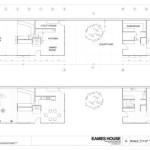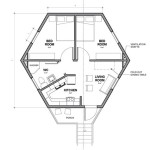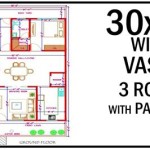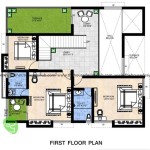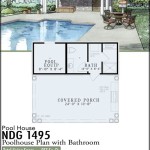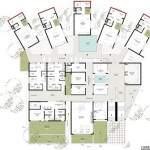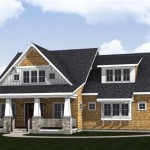Narrow House Plans: Maximizing Space in Single-Story Homes
Narrow lot sizes often present unique challenges for homeowners seeking to build their dream homes. However, with thoughtful planning and innovative design, a narrow lot can become an opportunity to create a stylish and functional single-story dwelling. This article explores the world of narrow house plans, highlighting key considerations and advantages of embracing this architectural style.
Understanding Narrow House Plans
Narrow house plans are specifically designed for lots with limited width, typically less than 50 feet. These plans prioritize efficient use of space without compromising on comfort or aesthetics. By maximizing vertical space and employing clever layout strategies, narrow house plans can accommodate all the necessities of modern living.
Advantages of Single-Story Narrow House Plans
Single-story narrow house plans offer several benefits compared to multi-story designs. They eliminate the need for stairs, making them ideal for individuals with mobility limitations or families with young children. Single-story homes also tend to be more energy-efficient due to reduced exterior surface area and simplified HVAC systems. Moreover, construction costs can be lower due to the simpler design and foundation requirements.
Key Design Considerations for Narrow House Plans
Designing a successful narrow house plan requires careful attention to several key factors. These considerations ensure that the limited space is utilized effectively while maintaining a comfortable and aesthetically pleasing living environment.
Maximizing Natural Light
In narrow houses, maximizing natural light is crucial to avoid a cramped or dark feeling. Incorporating large windows, skylights, and open floor plans can help bring in ample light and create a sense of spaciousness. Strategic placement of windows on both sides of the house allows for cross-ventilation and enhances natural airflow.
Creating an Open Floor Plan
Open floor plans are highly effective in narrow houses as they visually expand the space by minimizing walls and partitions. This design approach promotes a seamless flow between living areas, making the house feel larger and more connected.
Utilizing Vertical Space
With limited horizontal space, maximizing vertical space is essential. High ceilings can create a sense of grandeur and openness. Built-in shelving, lofted storage areas, and strategically placed cabinets can provide ample storage without encroaching on valuable floor space.
Outdoor Living Spaces
Extending living spaces outdoors can significantly enhance the functionality and enjoyment of a narrow house. Decks, patios, and courtyards can provide additional areas for relaxation and entertainment, blurring the lines between indoor and outdoor living.
Privacy Considerations
In densely populated areas, maintaining privacy in a narrow house can be a concern. Careful placement of windows, strategically planted landscaping, and the use of privacy screens can help create a sense of seclusion and protect against unwanted views from neighboring properties.
Choosing the Right Materials and Finishes
The selection of materials and finishes plays a critical role in enhancing the perception of space in a narrow house. Light-colored walls and flooring can make the space feel brighter and more open. Reflective surfaces, such as mirrors and glossy tiles, can also help bounce light around the room, creating an illusion of greater size. Minimizing clutter and opting for streamlined furniture further contributes to a spacious feel.
Garage Placement and Design
In narrow house plans, garage placement requires careful consideration. A detached garage can preserve valuable indoor space, while an attached garage can provide convenient access but may impact the overall design. Tandom garages, where cars are parked one behind the other, can be a space-saving solution for narrow lots.
Working with an Architect
Collaborating with an experienced architect is highly recommended when designing a narrow house plan. An architect can help navigate zoning regulations, maximize space efficiency, and ensure that the design meets the specific needs and lifestyle of the homeowner. They can also offer innovative solutions to design challenges and ensure that the final product is both functional and aesthetically pleasing.
Examples of Narrow House Designs
Various architectural styles can be adapted to narrow lot sizes. Modern, minimalist designs often work well, emphasizing clean lines and open spaces. Traditional styles, such as Craftsman or Victorian, can also be adapted with careful planning. Ultimately, the best design approach depends on the homeowner's preferences and the specific characteristics of the lot.

Calypso Premium Narrow Lot Home Plan Single Y Design House Plans Modern

Narrow Lot Home Designs Hallmark Homes

Single Story 3 Bedroom Modern Home For A Narrow Lot With Double Garage Floor Plan Bungalow Plans House

Narrow Lot Home Designs Hallmark Homes
Narrow Block Plans

New Home Design Breeze Perry Homes Nsw Qld

Alpha Narrow Block House Design With 4 Bedrooms Mojo Homes

Narrow Lot Home Designs Perth Block House Plans Group Wa

Discovering House Plans Top 7 Questions Answered

The Avalon Narrow Block Plan Home Builder In Perth Switch Homes Single Y House Plans New

